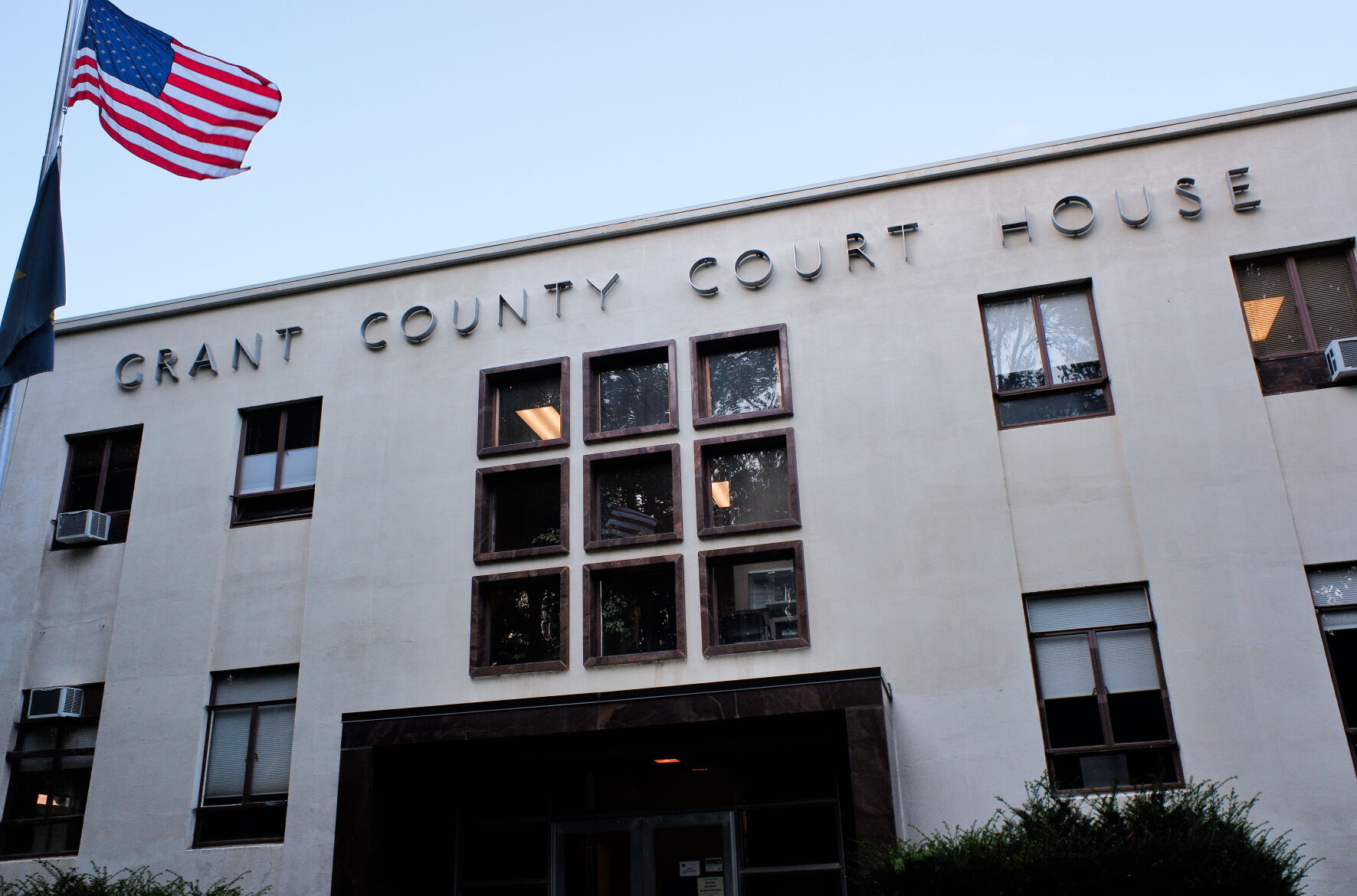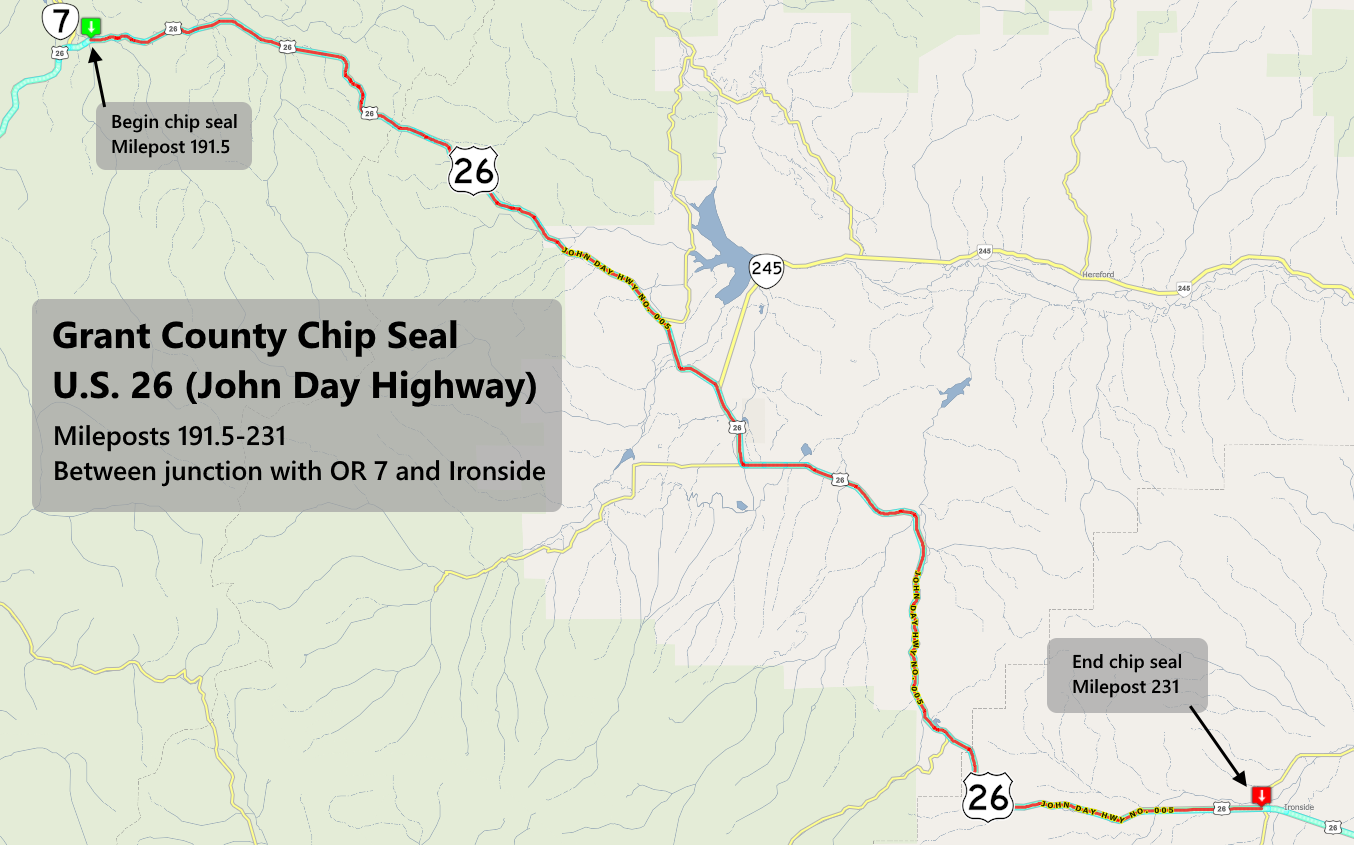JOURNEY: Bates State Park a welcoming retreat
Published 10:00 am Thursday, July 29, 2021

- Interpretive signs throughout Bates State Park tell the story and history of the once-vibrant and close-knit mountain logging community.
At Bates State Park they don’t roll out the red carpet for you, but they do roll it up.
Which is much nicer.
The carpet in this case is closer to tan than to red, actually.
And unlike the ceremonial path of woven cloth spread to cushion the presumably sensitive feet of visiting dignitaries, the carpet at Bates, one of Oregon’s younger state parks, is composed of desiccated ponderosa pine needles.
I already felt badly about forgetting how extensive the trail network is at Bates, which opened in 2011 on the site of a former sawmill company town along the Middle Fork of the John Day River about 15 miles north of Prairie City.
Then I reached the place on the South Fork Trail where somebody had neatly and thoroughly raked the ponderosa needles off the path. My guilt deepened.
Not only does this 131-acre park in Grant County boast a fine series of trails, but the staff is thoughtful enough to do away with the layer of slippery needles, potentially sparing me from a nasty fall.
And although I can forgive myself for being unaware of this level of diligence in trail maintenance, I ought to have at least remembered that the trails existed.
I wrote a few news stories back in 2011 when Bates State Park opened. And after my recent, and first, tour of the park I went back and read, shame-faced, my own words, which include a reference to the park’s more than 3 miles of trails.
Art Dickens, ranger at the park, said the campground host tidies the trails regularly to make the trails obvious and easy to follow.
The pleasant surprise about the trails, and their immaculate condition, wasn’t the only one we had during our hike of an hour or so.
We also encountered a large frog in Bridge Creek, just below the concrete fish ladder that connects the stream to the former log pond for the erstwhile Bates lumber mill.
The wildfire smoke that was draped over the park on the day of our visit was something of a nuisance, however.
We hiked to the enticingly named Boulder Overlook, but mainly what we overlooked when we got there was a dingy gray pall.
On a day with a less muddied atmosphere the view from this knoll among the pines would be quite fetching, I’m sure, including Dixie Butte to the southwest and parts of the Greenhorn Mountains that rise to the north.
The smoke wasn’t so thick, at least, to obscure the pond that is one of the park’s highlights.
When the Bates mill was operating from 1917 until its closure in 1975, workers dumped fresh-cut logs into the pond to await their appointment with the singing saws.
Storing logs in ponds, rather than stacking them on the ground, was the preferred method for multiple reasons.
The water helped clean logs of dirt and rocks that could dull saws, as well as protecting the logs from fire and from drying out.
And of course it’s considerably easier to move an old-growth ponderosa pine when it’s floating.
Today the pond, which covers a few acres, is a refuge for ducks, blue herons and other birds rather than huge pines. A gravel trail encircles the pond.
Driving directions
From Prairie City, head east on Highway 26 about 15 miles. Turn left on State Route 7, and left again just past mile post 1 onto County Road 20/Middle Fork Lane. The entrance to the park is about a 1/2 mile ahead on the left.
For those traveling from the Dale/Ritter area, it’s about 40 miles from the junction of County Road 20 and Highway 395 down to the state park. County Road 20 is paved and easily accessible in good weather.
Bates was a company town, meaning the firm that owned the mill also owned pretty much everything else, including the rows of identical homes where millworkers lived and the stores where they shopped.
The company in Bates’ case was the Oregon Lumber Company, which built the mill in 1917 — the year America entered World War I.
The town’s namesake was Paul C. Bates, an insurance salesman from Portland who helped negotiate the Oregon Lumber Company’s acquisition of forests in the area, according to Lewis A. and Lewis L. McArthur’s “Oregon Geographic Names.”
Bates was a prominent town in Grant County for more than half a century, with a population of about 300.
The town essentially folded, though, in October 1975 when the Edward Hines Lumber Company, which had bought the mill from the Oregon Lumber Company, closed the business.
The Hines firm moved the sawmill to John Day and sold most of the other buildings, including several dozen homes. Many were hauled to either Prairie City, about 16 miles away, or to John Day, 29 miles distant, where they’re still used as residences.
A private nonprofit group, Bates Park and Museum Foundation, bought the 131-acre property in December 2006 and later transferred it to Grant County.
In 2008, at the urging of a newly formed nonprofit, Friends of Bates State Park, many of whose members are former Bates residents, the Oregon Parks and Recreation Department, using money from the Oregon Lottery, bought the 131 acres from the county for $407,000.
The property includes the site of the sawmill but not the town itself.
The state later spent about $900,000 to develop the park, including a $275,000 grant from the federal Land and Water Conservation Fund.
The state dedicated Bates State Park on Sept. 20, 2011.






